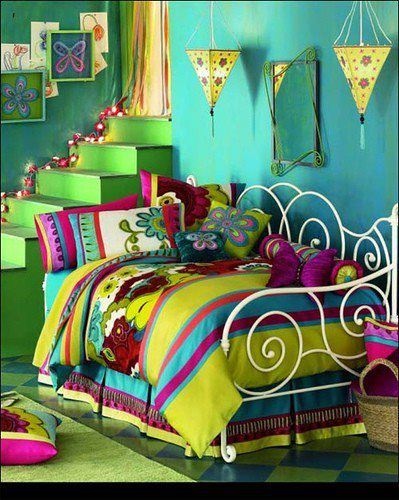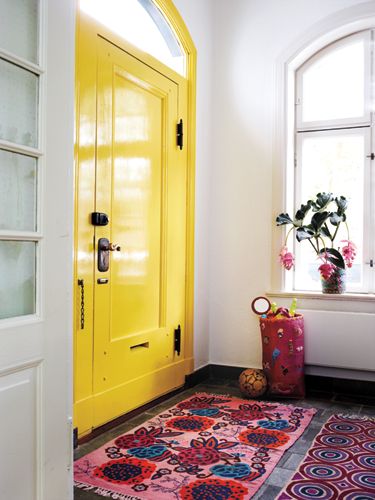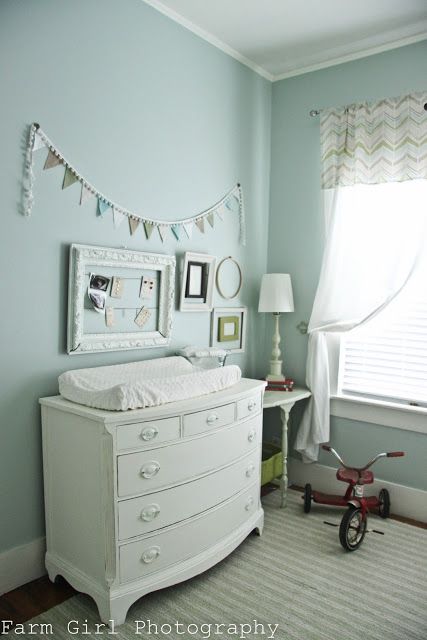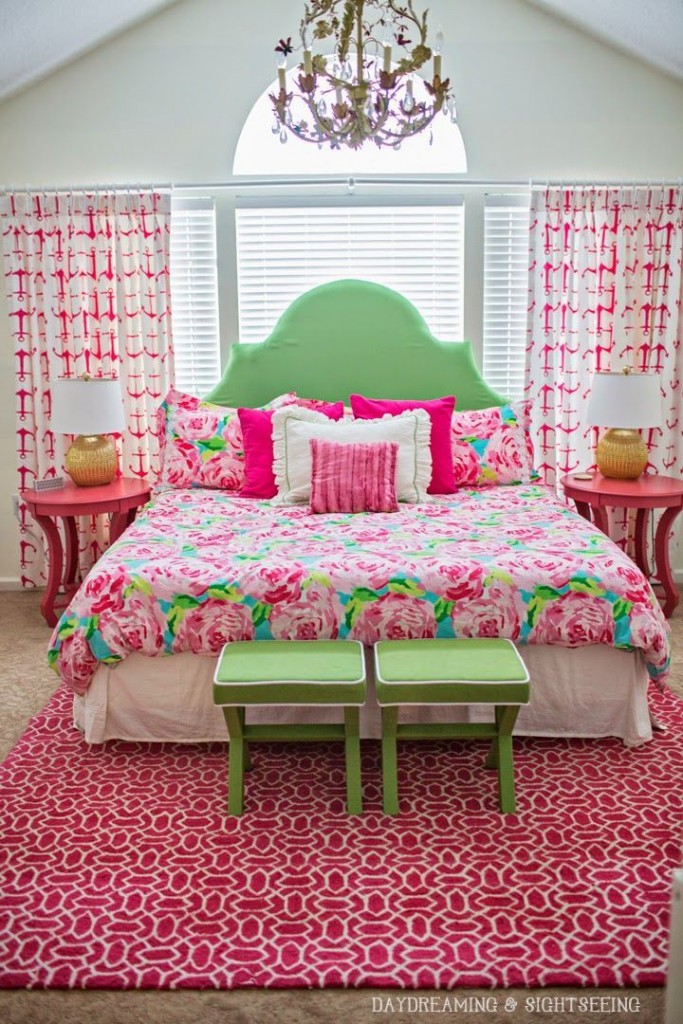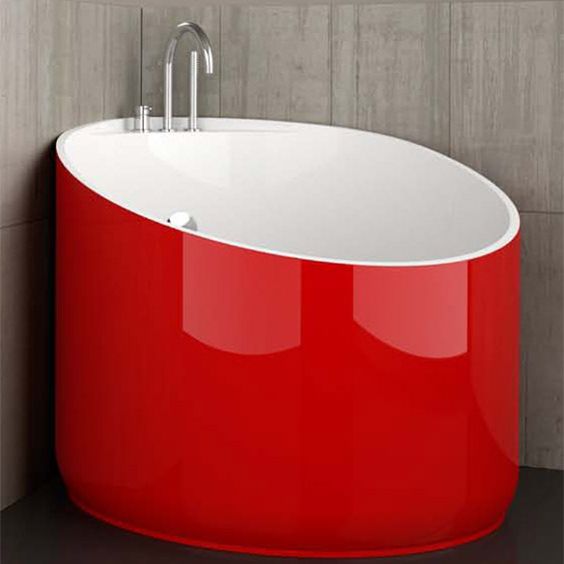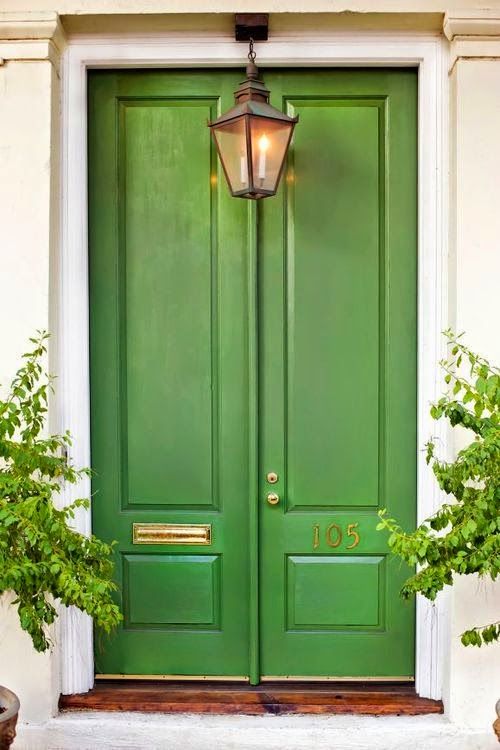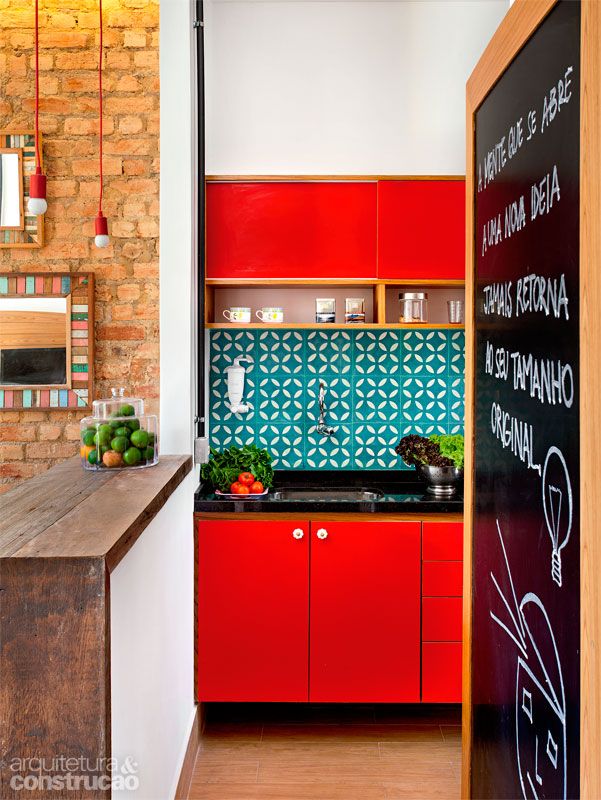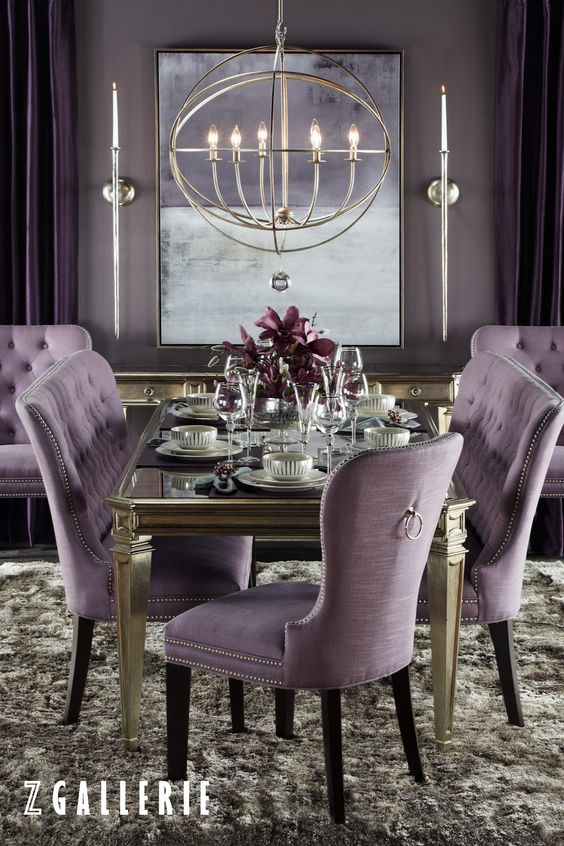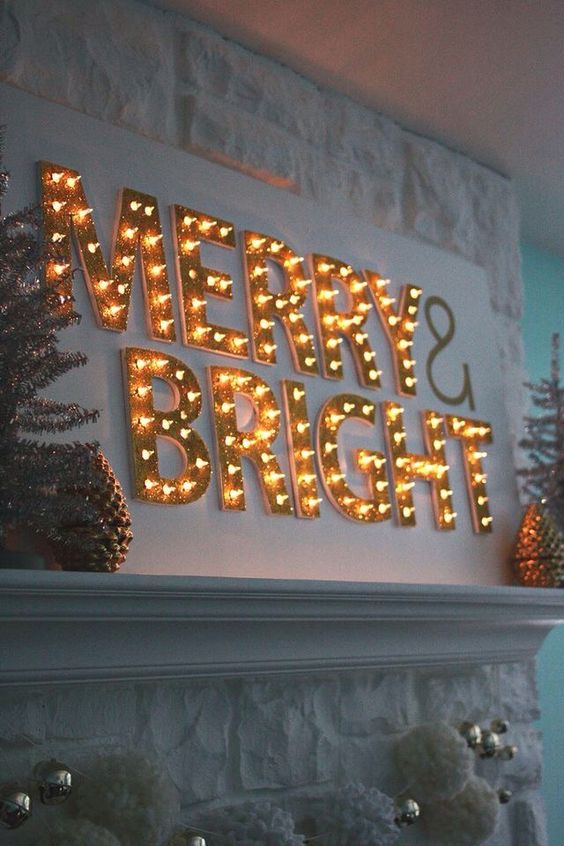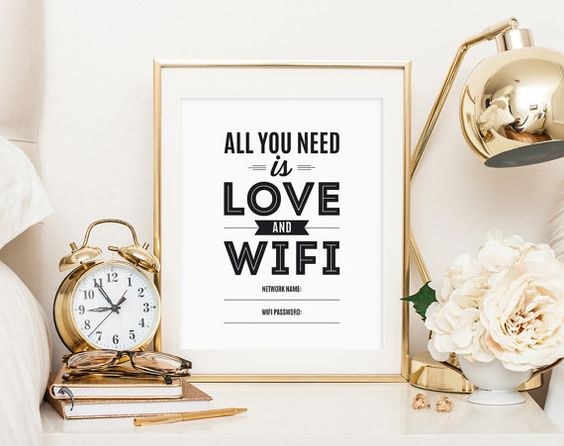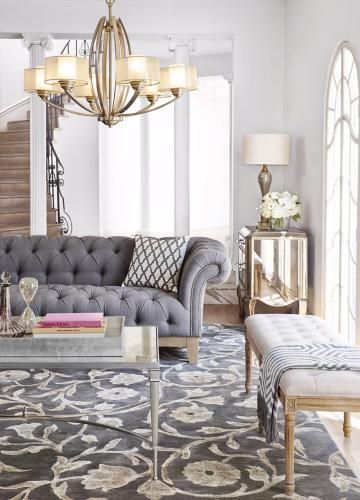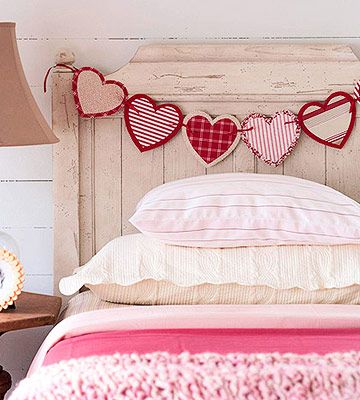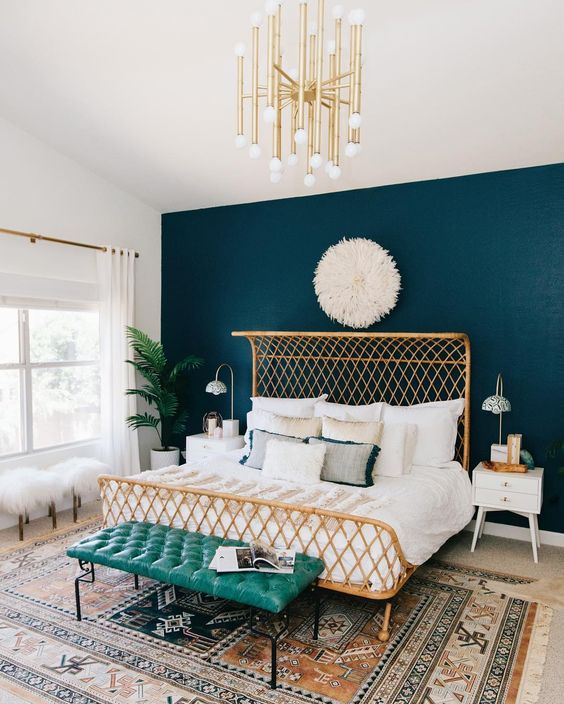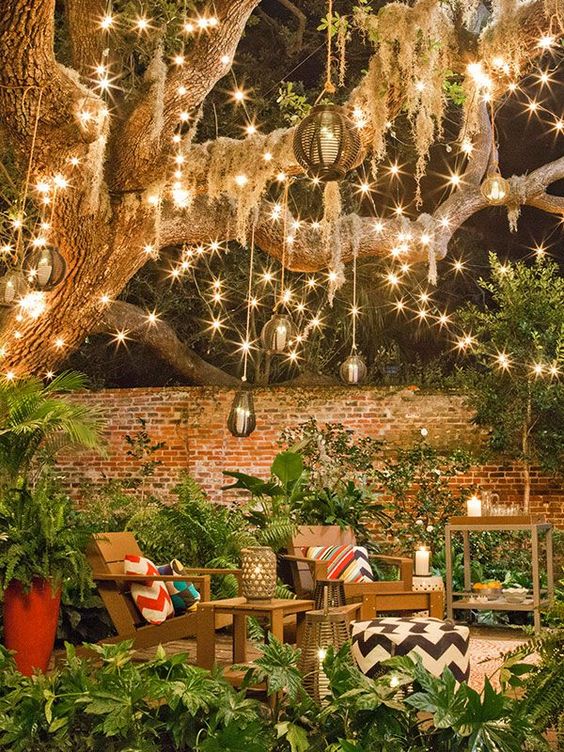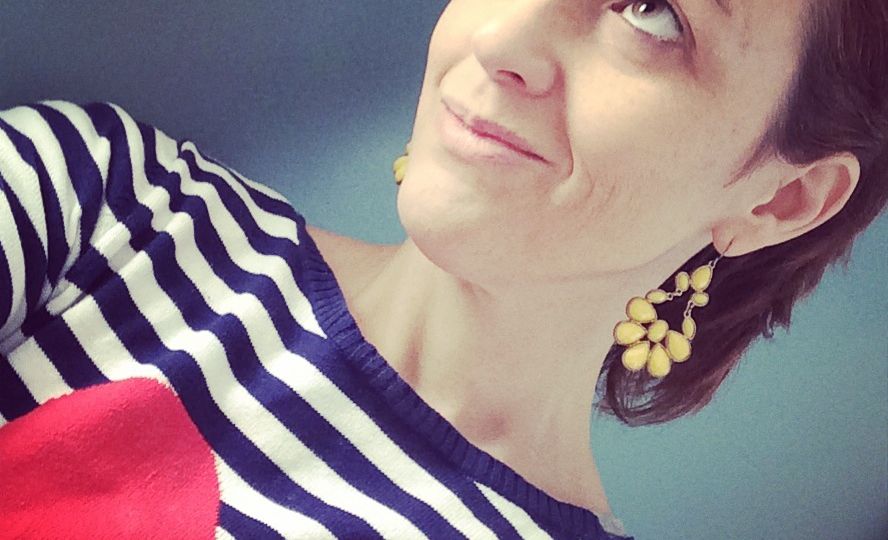
The secret to the color wheel is using the power for good, to help express your unique design personality.

The color wheel is like a carpenter’s speed square, you can use it for as simple or as complex of tasks set before you. I use my speed square to mark boards and check for square, while some of my carpenter-builder friends use it to cut angles for roofs, stairways, and decks.
Let’s start with the color wheel basics, and how this handy little tool can unlock the mystery of why those interior design Pinterest pins are so darn appealing to all of us.
First off the color wheel is a designer’s best friend. It is a guide to selecting shades and hues that ‘go.’ And by ‘go,’ I mean there is never one exact perfect answer to any one design question. That’s the art in design. The color wheel guides you to the hues that will soothe, that will radiate energy, combinations that will hit that perfect note of your family’s personality.
Join us on Wednesday, December 9th at 1:30pmET to talk about these questions and share the secrets of the color wheel during the #HossColor chat.
- When should I use a monochromatic color scheme? Let’s share examples.
- How can I use analogous color scheme? Let’s share examples.
- When should I use complementary color schemes? Let’s share examples.
- Color triads? Nope, I didn’t make this up. Let’s share examples.
Below are each of the four color schemes. Can you select which room goes with which scheme? And why? -t
